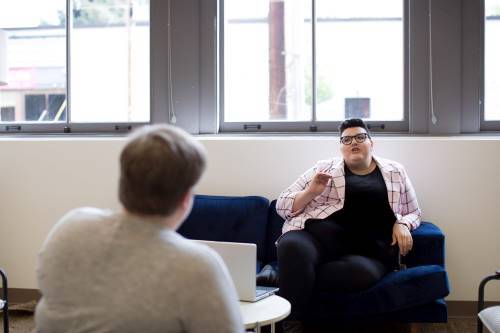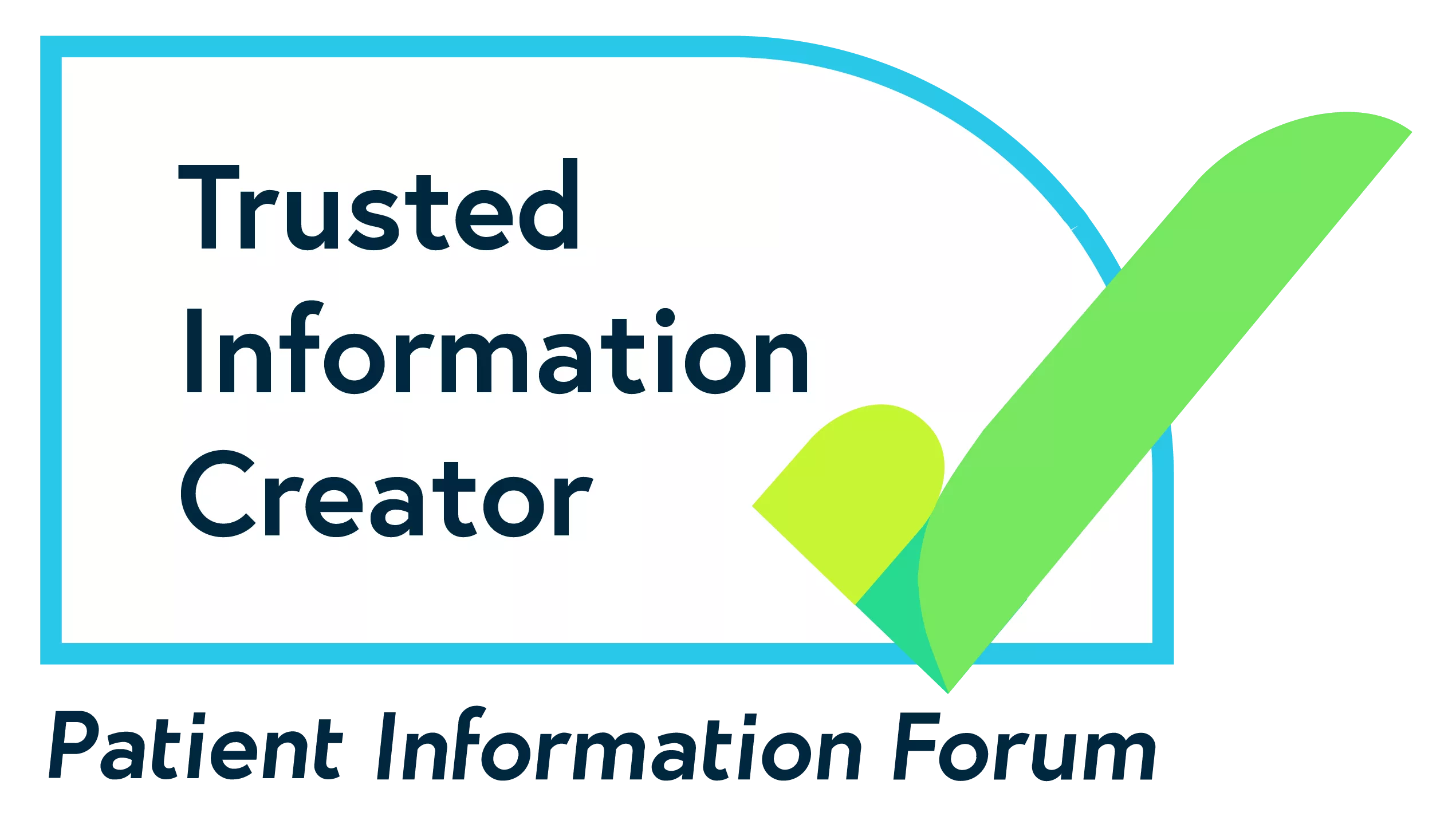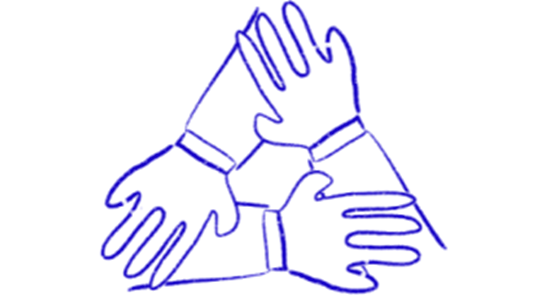Self-harm
Explains self-harm, including possible causes and how you can access treatment and support. Includes tips for helping yourself, and guidance for friends and family.
View this information as a PDF (new window)
How can I help myself now?
During intense urges to hurt yourself, it can be hard to imagine that it's possible to do anything else.
But there are steps you can take to help you make other choices over time:
Understanding your patterns of self-harm can help you to work out what gives you the urge to self-harm, and recognise when the urge is coming on. Remember, even when you are unable to resist the urge to self-harm, it is helpful to reflect afterwards on what happened. This will enable you to better understand the next time you have similar feelings.
Try breaking down your experience into the following:
Learn to recognise triggers
'Triggers' are what give you the urge to hurt yourself. They can be people, situations, anniversaries, sensations, specific thoughts or feelings.
Practise noting down what was happening just before you self-harmed:
- Did you have particular thoughts?
- Did a situation, person or object remind you of something difficult?
Become aware of the urge to self-harm
Urges can include physical sensations like:
- racing heart or feelings of heaviness
- strong emotions like sadness or anger
- a disconnection from yourself or a loss of sensation
- repetitive thoughts about harming yourself, or how you might harm yourself
- unhealthy decisions, like working too hard to avoid feelings.
Recognising your urges helps you take steps towards reducing or stopping self-harm. Try writing down what you notice about your urges, to help you spot them more quickly each time they come.
Identify distractions
Distracting yourself from the urge to self-harm is a way of giving yourself more breathing space and reducing the intensity of the urge.
It can be done when you feel the urge, or as soon as you become aware that you are hurting yourself.
I learned distraction techniques. My favourite one was my Positivity Book, which is kind of like a scrap book filled with things which make me happy.
Keep a diary
One way to help yourself understand your self-harming behaviour is to keep a diary of what happens before, during and after each time you self-harm. It is helpful to do this over a period of time (like a month) so you can start to see patterns.
This can be quite an intense experience and can bring up difficult feelings. If you feel confident to try this on your own, make sure you do something relaxing or enjoyable afterwards.
If you find doing this distressing, you may want to ask for support from someone you trust.
I've learnt that, as my emotional needs were not being met, I used self-harm because I didn't know how to express myself or say what I needed or wanted. A part was also for attention, I was desperate for someone to notice me and help me.
The main way people help themselves when they want to self-harm is through distraction.
Different distractions work for different people, and the same distraction won't necessarily work for you every time. For example, distracting yourself from anger feels very different to distracting yourself from fear, so it's important that you have a few different strategies to choose from.
The following are simply suggestions. See if you can write your own list of distractions that you've found helpful or that you would like to try out.
If you're feeling anger and frustration
Here are some distractions you could try:
- exercise
- hit cushions
- shout and dance
- shake
- tear something up into hundreds of pieces
- go for a run.
Expressing your anger physically, or by doing things like shouting, won't work for everyone and could intensify feelings. Try things out and continue with any that have a positive effect.
If you're feeling sadness and fear
Here are some distractions you could try:
- wrap a blanket around you
- spend time with an animal
- walk in nature
- let yourself cry or sleep
- listen to soothing music
- tell someone how you feel
- massage your hands
- lie in a comfortable position and breathe in – then breathe out slowly, making your out-breath longer than your in-breath. Repeat until you feel more relaxed. (See our pages on relaxation).
If you're feeling a need to control
Here are some distractions you could try:
- write lists
- tidy up
- declutter
- write a letter saying everything you are feeling, then tear it up
- weed a garden
- clench then relax all your muscles.
If you're feeling numb and disconnected
Here are some distractions you could try:
- flick elastic bands on your wrists
- hold ice cubes
- smell something with strong odour
- have a very cold shower.
If you're feeling shame
Here are some distractions you could try:
- stop spending time with anyone who treats you unkindly
- recognise when you are trying to be perfect and accept that making mistakes is part of being human
- remind yourself that there are reasons for how you behave – it is not because you are 'bad'.
If you're feeling self-hatred and wanting to punish yourself
Here are some distractions you could try:
- write a letter from the part of you that feels the self-hatred, then write back with as much compassion and acceptance as you can
- find creative ways to express the self-hatred, through writing songs or poetry, drawing, movement or singing
- do physical exercise (like running or going to the gym) to express the anger that is turned in on yourself.
I've learnt that you can't rely on other people or things to save you from self-harm – it has to come from you.
Another technique is to wait five minutes before you self-harm. This can feel difficult, so don’t worry if you’re not able to wait that long at first. If you can, slowly increase the time you wait and gradually build up the gaps between each time you self-harm.
I was determined to stop harming myself. On some occasions I literally sat on my hands until the urge had passed.
For some people, distracting or delaying feels a far too simplistic approach to dealing with the complex and deep rooted nature of self-harm. In this case, information on helping yourself long-term might feel more useful.

Under 18? Read our tips for young people on coping with self-harm
Mental health apps
There are various apps available that you could use to help yourself day-to-day. But it's hard to know which ones are worth trying. Would you like some recommendations? We've put together a library of safe apps that meet our high quality standards.
This information was published in May 2020.
This page is currently under review. All content was accurate when published.
References and bibliography available on request.
If you want to reproduce this content, see our permissions and licensing page.






